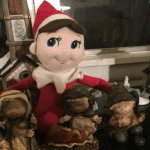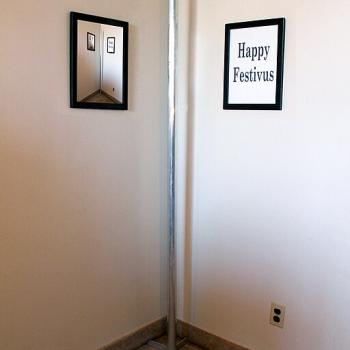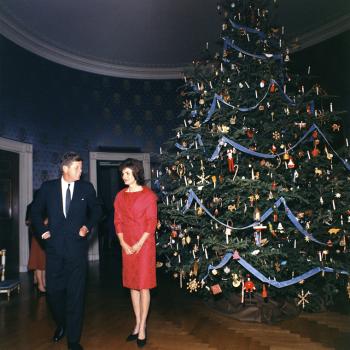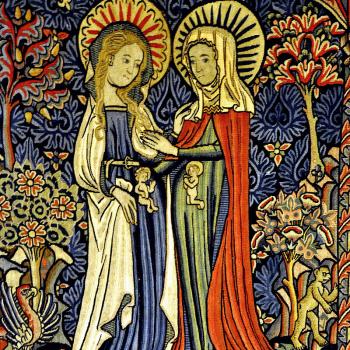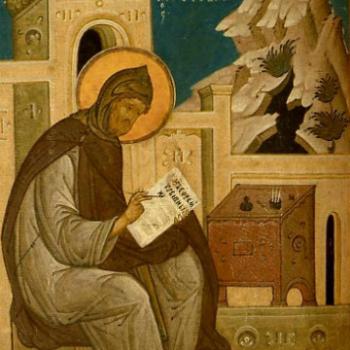A week from today, twenty-three Bethel students will fly with me to London to start our three-week travel course on the history of World War I. Over the course of that tour, we’ll see countless WWI memorials: cenotaphs, arches, obelisks, gravestones, eternal flames, crosses, and statues of everything from horses to dragons. Grand or humble, they’re all moving, arising from human impulses to mourn, remember, and reform. The most beautiful of them all is not made of marble or metal. Both more ephemeral and more enduring than any structure, my favorite WWI memorial is a Christian worship service: a festival of nine lessons and carols held every Christmas Eve in the chapel of King’s College, Cambridge.
As for many people around the world (“both far away and yet so near,” our public radio announcer said), the broadcast of that service has become the start of Christmas for me. From the crystalline note of a single young chorister starting “Once in royal David’s city” to the majestic closing chorus from Charles Wesley (“Glory to the newborn king!”), the sound of Christmas at King’s is what comes to my mind’s ear whenever I hear Luke’s account of the heavenly host singing to those bewildered shepherds. (That’s the seventh lesson in the service, read by the director of music, Stephen Cleobury, whose last Christmas Eve festival this was.)
Not only do I love the pure sound of the King’s choir, but I never hear the angels’ message of “on earth peace, good will to men” as purely as I do in the midst of a service established 100 years ago this month, just weeks after the end of World War I.
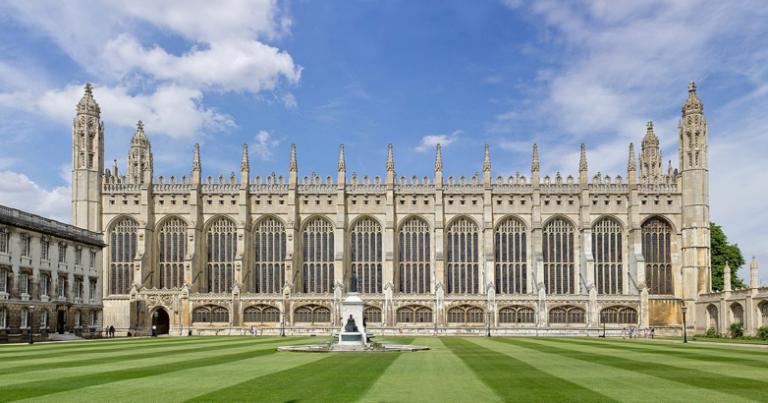
The Festival of Nine Carols and Lessons was added in 1918 by the college’s new dean: Eric Milner-White, a thirty-four year old former army chaplain who had already transformed a side chapel at King’s into a memorial to the fallen. Most of the service derived from a late 19th century liturgy and the final order (including the famous opening hymn) was settled in 1919, but the opening prayer is Milner-White’s original. Here’s the final petition:
Lastly, let us remember before God all those who rejoice with us, but upon another shore and in a greater light, that multitude which no man can number, whose hope was in the Word made flesh, and with whom, in this Lord Jesus, we for evermore are one.
“Many of those who took part in the first service,” suggests this year’s program, “must have recalled those killed in the Great War” when Milner-White prayed those words on December 24, 1918. The same petition has been offered for a hundred years now — even during a second World War, when the participants sat shivering in a medieval chapel whose stained glass had been removed, lest the Luftwaffe shatter it.
(The aim of such liturgies, wrote Milner-White later, “is not to evoke the interest of the passer-by, but to achieve a common prayer before God of which the worshipping Church cannot tire.”)
The WWI connections are more subtle now, but remain important. A profile in The Telegraph this month photographed two of the boy choristers in front of King’s 1914-18 roll of honour. If memory serves, the televised version of the 2014 service (filmed earlier in the month) included part of a letter from a British soldier who had taken part in the Christmas Truce a century before. The actual Christmas Eve festival only uses biblical texts, but there was a nod to that truce in this year’s service: the choir sang “Stille Nacht,” the carol sung by German soldiers that started the spontaneous ceasefire on December 24, 1914.
So as night creeps around an earth where peace remains fleeting and flawed, let me wish you a merry Christmas in the words of that carol: Schlaf in himmlischer Ruh’. May you sleep in heavenly peace.



